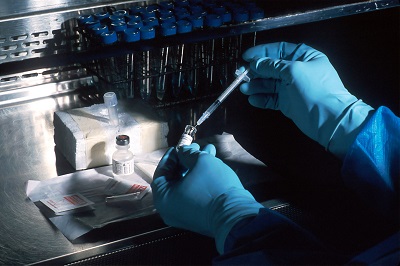Applying for EU CE certification of medical devices involves several steps and interactions with different entities, depending on the device class and regulatory requirements. Here’s a comprehensive guide on how and where to apply:
Steps to Apply for EU CE Certification:
Device Classification:
- Determine the classification of your medical device (Class I, IIa, IIb, III) based on its intended use and potential risks. This classification dictates the conformity assessment route.
Conformity Assessment Route:
- Class I Devices: Self-certification based on the manufacturer’s declaration of conformity (Annexes II and VII).
- Class IIa, IIb, III Devices: Involvement of a Notified Body for conformity assessment (Annexes II, IV, V, VI, or VII under MDR).
Prepare Technical Documentation:
- Compile comprehensive technical documentation demonstrating compliance with essential requirements:
- Device description and specifications
- Design and manufacturing information
- Risk assessment and mitigation measures
- Clinical evaluation (if required)
- Labeling and instructions for use
- Quality management system documentation (ISO 13485:2016 compliance)
- Compile comprehensive technical documentation demonstrating compliance with essential requirements:
Quality Management System (QMS):
- Implement and maintain a QMS that meets ISO 13485:2016 (or EN ISO 13485:2016) standards to ensure consistent production and conformity assessment.
Clinical Evaluation (if applicable):
- Conduct a clinical evaluation to demonstrate the device’s safety and performance based on clinical data, especially for higher-risk classes (IIa, IIb, III under MDR).
Engage with Notified Body (if applicable):
- Select a Notified Body accredited under the Medical Devices Regulation (MDR) or the previous Medical Devices Directive (MDD).
- Submit your technical documentation and cooperate with the Notified Body for conformity assessment.
Declaration of Conformity:
- Prepare and sign a Declaration of Conformity stating that your device complies with relevant EU directives or regulations.
CE Marking:
- Affix the CE mark to your device and packaging once all requirements are met. The CE mark signifies compliance with EU regulations and allows market access within the European Economic Area (EEA).
Registration and Notification:
- Register your device and economic operator information in the EUDAMED database or with national competent authorities, depending on the device class and specific requirements.
Where to Apply:
Notified Bodies: For devices requiring assessment (Class IIa, IIb, III under MDR), apply to a Notified Body accredited under MDR or MDD. They will conduct conformity assessment and issue certificates.
Competent Authorities: Engage with national competent authorities in EU member states for device registration and oversight. They handle registration and provide guidance on regulatory compliance.
Additional Considerations:
- Regulatory Updates: Stay informed about changes in EU medical device regulations to ensure ongoing compliance.
- Documentation: Maintain comprehensive records of design, production, and conformity assessment activities.
- Post-Market Surveillance: Implement systems for monitoring device performance and reporting incidents post-certification.

Contact Us:
Whatsapp or Wechat:+86 15816864648;email address:hito.lin@grzan.cn
.png)
.jpg)
.png)

.png)